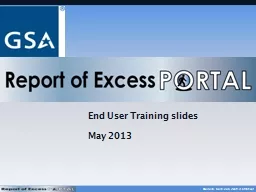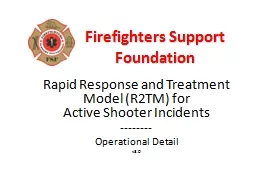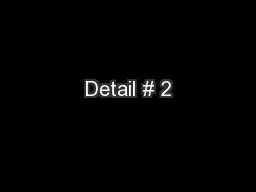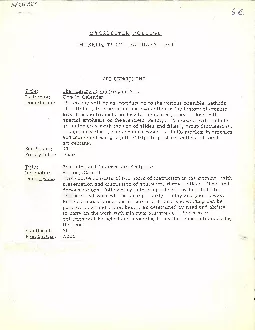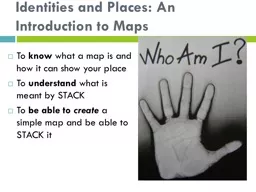PPT-Using Description to Add Detail
Author : karlyn-bohler | Published Date : 2016-06-30
On Tuesday I asked you to write about a PERSON who has had an influence on your development as a readerwriter Now I want you to choose ONE instance or event
Presentation Embed Code
Download Presentation
Download Presentation The PPT/PDF document "Using Description to Add Detail" is the property of its rightful owner. Permission is granted to download and print the materials on this website for personal, non-commercial use only, and to display it on your personal computer provided you do not modify the materials and that you retain all copyright notices contained in the materials. By downloading content from our website, you accept the terms of this agreement.
Using Description to Add Detail: Transcript
Download Rules Of Document
"Using Description to Add Detail"The content belongs to its owner. You may download and print it for personal use, without modification, and keep all copyright notices. By downloading, you agree to these terms.
Related Documents






